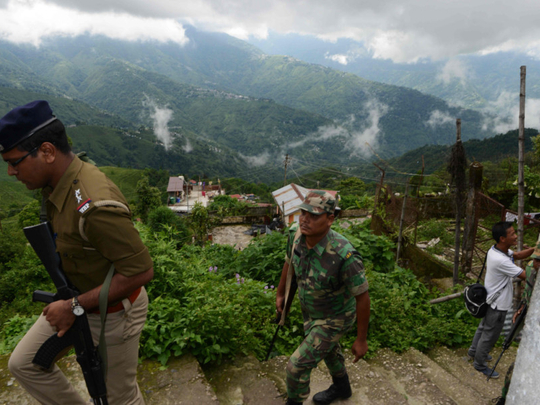
1961: Nepali language is recognised as one of the Official Languages of West Bengal.
1961-1962: The ethnic Gorkha population in Darjeeling opposes a move by the then West Bengal Government to introduce Bengali as a compulsory language in the hills. Government backtracks.
1971-1972: The demand to include the Nepali language in the Sixth Schedule of the Indian Constitution gains momentum.
1992: Nepali language is recognised as one of the official languages of India under the VIIIth Schedule of the Indian Constitution.
2011: Immediately after coming to power, West Bengal Chief Minister Mamata Banerjee takes the initiative to have the Nepali language recognised as one of the six ‘Second Official Languages’ of the state.
The fact that almost 95 per cent of the ethnic population of Darjeeling, Dooars and Tarai speak Nepali, this issue of language has been used time and again as a tool to stoke the sentiment of the ethnic population in the hills of North Bengal.
The Nepali language has also acted as a common thread connecting people of various tribal origins in the Darjeeling hills and this has been used as a political capital by the late GNLF leader Subhash Ghisingh and now GJM leader Bimal Gurung to foment anti-establishment sentiments in the hills.
The Gorkha community, though numerically in the minority when pitted against the combined population of the other tribes in Darjeeling -- such as Lepchas, Bhutias, Tamangs etc – have always had a stranglehold over hill politics by virtue of their identity as the so-called elites among the ethnic groups in and around Darjeeling. From the Indian armed forces to the business community in the hills, the Gorkhas have always enjoyed a position of relative socio-economic superiority compared to the other tribes. Both Ghisingh and Gurung have cashed in on this reality.
Mamata tried to strike at this Gorkha hegemony by forming 19 tribal councils in the hills for the social empowerment of the marginalised tribes.












